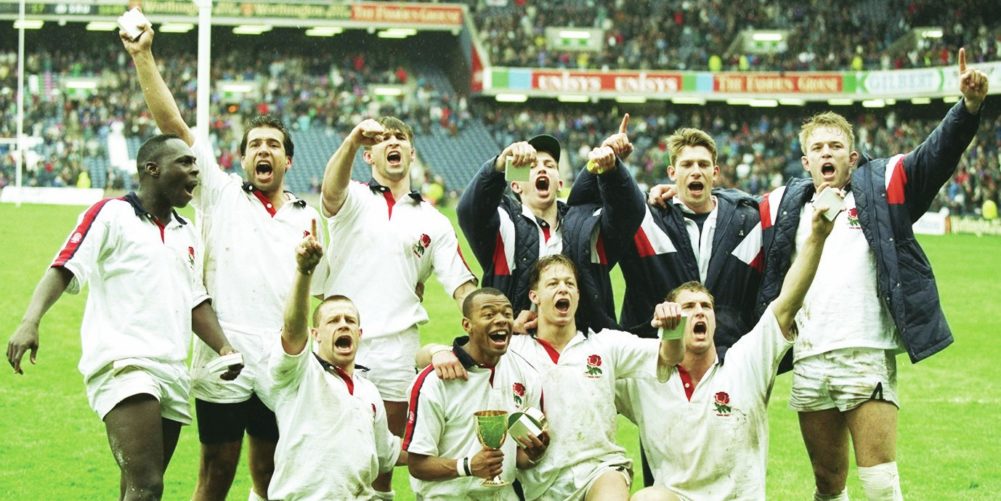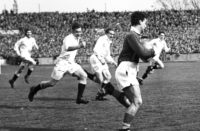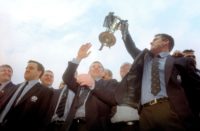RUGBY MATTERS
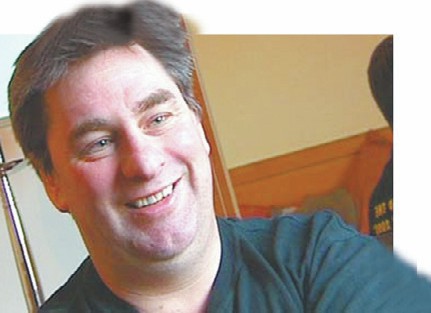
A weekly look at the game's other talking points
The Rugby World Cup Sevens is upon us again and hopefully the men's and women's competitions in the splendid setting of Cape Town Stadium this coming weekend can breathe a little stardust into a tournament that has been looking a little bit frayed about the edges, overshadowed a little by the World Series Sevens and latterly the Olympic Sevens.
That's a shame because the World Cup Sevens has an atmosphere of its own and a rich history spanning nearly 30 years with Scotland and Murrayfield staging the first Sevens World Cup in 1993.
Both in retrospect and at the time, the 1993 fare seemed slightly eccentric but very sparky and watchable. Even if the wintry weather didn't cooperate and Murrayfield at times seemed only half full, it captured the spirit of 7s much better than some of those tournaments that followed, certainly its highlights package compares well with any 7s tournament you wish to name.
Firstly, many of the big names turned out. Some were brilliant 7s players while others were just proud to wear the jersey and go large in Edinburgh for a week. The socialising was pretty fierce.
The presence of big hitters alone ensured interest in every game. Were those Test match skills transferable? Who would be found wanting for gas and endurance? There is no hiding place in 7s. You can't just hang onto a maul or waste 90 seconds collapsing a scrum. Could they match the likes of 7s specialists Waisale Serevi or Andrew Harriman or those who specialised in Sevens early in their careers such as David Campese.
As well as Campo Australia also had Matt Burke, Michael Lynagh and Willie Ofenhengue while France bolstered their ranks with Philippe Bernat-Salles and Laurent Cabannes. South Africa came with emerging 15s superstars like Ruben Kruger, Chester Williams, Andre Joubert and Joost van der Westhuizen.
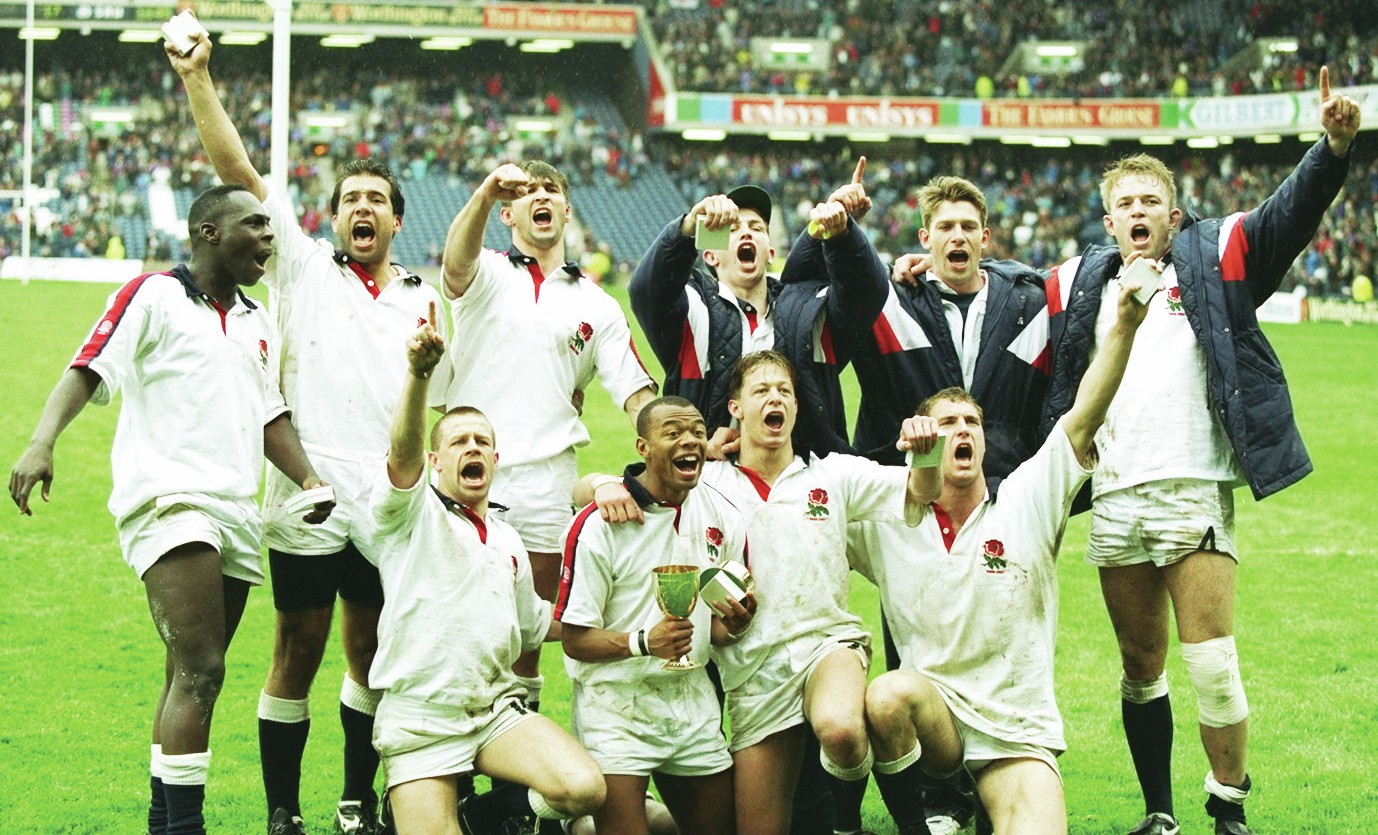
Ireland mixed the gas of Vinnie Cunningham and Richard Wallace with the guile and nous of Micky Galway and Eric Elwood and did exceptionally well, only losing out narrowly to Australia in the semi-finals while Canada pitched up with their First XV hard men and stalwarts, such as Al Charron, Gord MacKinnon, Dave Lougheed and Chris Tynan.
Perhaps the oddest selection of all was New Zealand who fielded no less than three of the Western Samoa side that had made history two years earlier with their strong World Cup campaign which featured that win over Wales. Step forward Pat Lam, Junior Paramore and Frank Bunce.
God knows what rugby officialdom was drinking and smoking back then. In what parallel universe did anybody think that such bed hopping was ok and good for the game? What an appalling look.
And what of England in 1993? Folklore will have you believe they were basically a stag party on tour in Scotland and were complete outsiders but that is embellishing the truth a tad. They were coached by Sevens guru Les Cusworth who had chosen his side well. They were always in with a shout although far from favourites.
Yes, they did start the week with a pub crawl around Edinburgh to celebrate Damian Hopley's birthday and yes they did lose a warmup game to Dundee HSFP but once they got their game faces on this was a more than useful squad. Harriman was unquestionably the quickest player in world rugby at the time and Chris Sheasby had underpinned Harlequins great success at Middlesex 7s.
Meanwhile Lawrence Dallaglio, still uncapped at senior level and indeed not even a regular Wasps starter at this stage, had started and finished in all 16 games over four days for Ampleforth in the mud of Rosslyn Park en route to their famous Open and Festival double at the National Schools Sevens.
Tim Rodber was a mobile young giant, already capped in the England back row, who guaranteed lineout ball, Dave Scully was a tireless terrier at scrum-half who tidied up all the loose ball and made tackle after tackle, Hopley was a gifted and experienced Sevens player and a hard unit to stop while the relatively unknown Nick Beale was an inspired hunch selection. A keen Sevens player, Beale's long loping 400m runner stride rather disguised his serious gas once he got up steam. If you wanted somebody to run a score in from long range he was second only to Harriman.
England also profited from the longer format of the earlier World Cups – four pools of six and then quarter-final pools of four teams – which allowed them to absorb two defeats en route to the final and improve on the job. They got beaten pretty comprehensively (28-10) by Western Samoa in their pool game and also narrowly lost out to Australia in the quarter-final pool. Notwithstanding they progressed to the semi-final where they stunned favourites Fiji with a clinical 21-7 win before racing into a 21-5 lead over Australia in the final. The Aussies hit back hard but England hung on to take the title 21-17. Bloody hell!
It was another belting tournament in 1997 in Hong Kong with Serevi, gathering possibly Fiji's best ever seven around him, swearing revenge. The great man did duly deliver the title and a national holiday back home although not before a Joost inspired South Africa side almost denied Fiji in an epic final. The crowds were huge, the excitement considerable.
The Sevens landscape was beginning to change in 2001 when we reconvened in Mar Del Plata in Argentina. The World Series 7s had started the previous season and henceforth many nations would be sending their core squads of specialists.
There was still some stardust to be had though. Jonah Lomu having been ill and sidelined in 1997 was determined to make his World Cup 7s debut and was off the scale although sadly it was one of the last times we were treated to peak Jonah. He was helped by Mils Muliaina and Rodney So'oialo – they could play a bit – while Fiji had Rupeni Caucau, Vilami Delasau and Marika Vunibaka in their ranks. Strangely it didn't quite click for them and Australia virtually starved them of possession to win their semi-final.
The Pumas meanwhile were hungry to soak up every possible international experience and fielded Diego Albanese, Felipe Contepomi, Ignacio Colletto, Gus Pichot an ju Th an un Ze and Santiago Phelan to name just five of their bigger names. That pleased the home crowd and they did well enough until encountering New Zealand in the semi-finals.
By 2005, back in Hong Kong, it was almost exclusively specialist World Series squads with very few big names parachuting in but Serevi masterminded a second title at his home from home which was a good story as was Wales' “shock” title in Dubai in 2009 when lightning quick scrumhalf Rhys Webb first caught the eye – 2009 also saw the first women's tournament, won by Australia.
By now though the ubiquitous and seemingly never ending World Series was preeminent and the World Cup every four years was struggling to make an impact. No massive names from fifteens and no new wonderkids to unveil, they were all regulars on the World Series.
Hand on heart can you remember anything from the 2013 tournament in Moscow? For the record New Zealand beat England 33-0 in the men's final and the Kiwis defeated Canada 29-12 in the women's final. And that brings us to the last edition in San Francisco in 2018 when the Baseball Oracle Park stadium provided the backdrop.
Again it wasn't the most thrilling of fare with New Zealand defeating England 33-12 in the final and the NZ women completing another double with a 29-0 win over France in the final.
So, here's hoping for an eye-catching tournament this time round. South Africa will be favourites to take their first men's title and therefore hold both World Cups concurrently. Australia were recently crowned World Series champions while you never discount Fiji or New Zealand. So that should be good while the emergence of Fiji's women and the continued excellence of France should challenge Australia and New Zealand in the women's competition. Alas I don't sense any Lawrence Dallaglios or Matt Dawsons springing to prominence for England but you live in hope.

